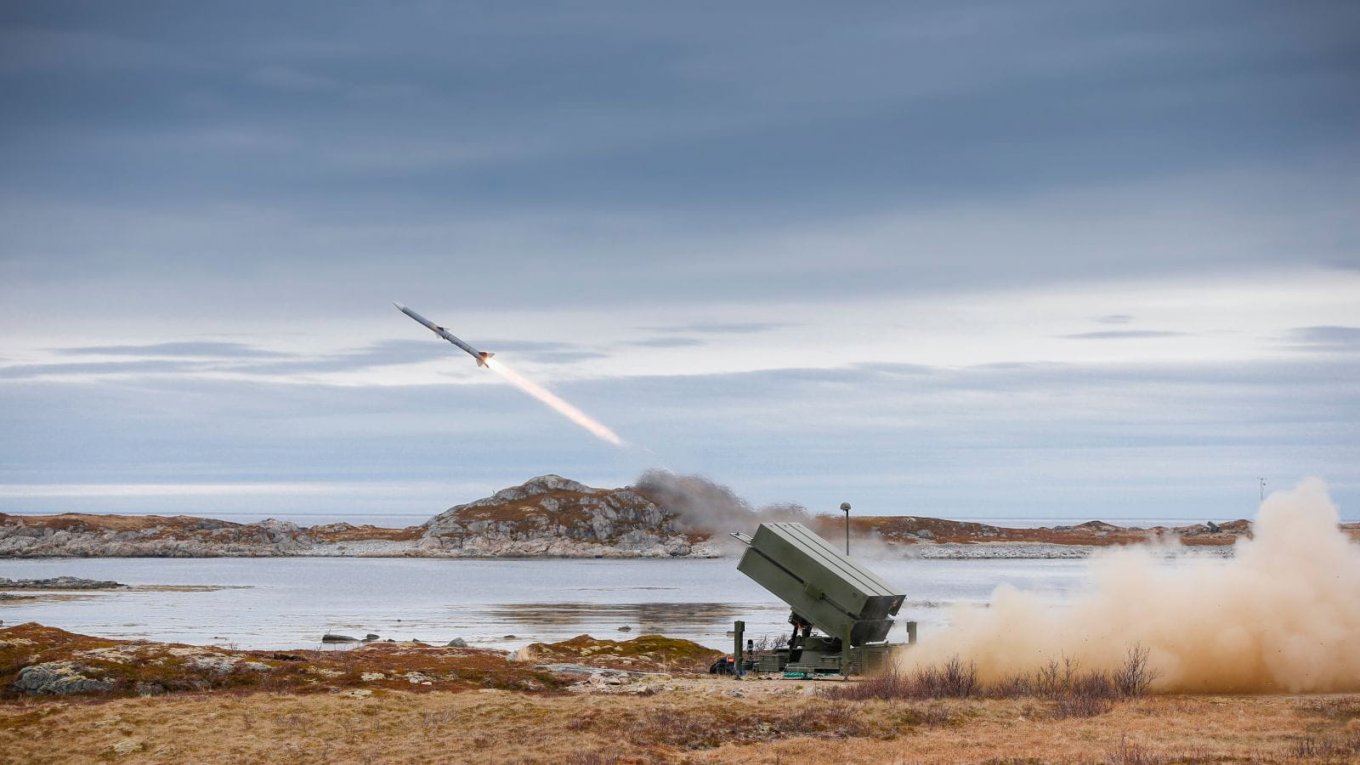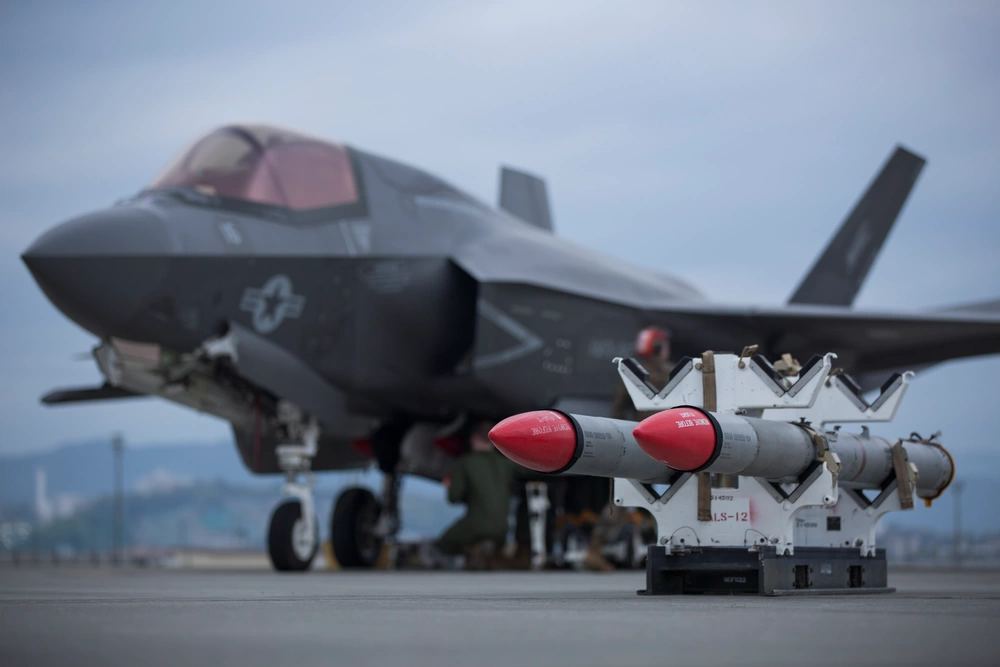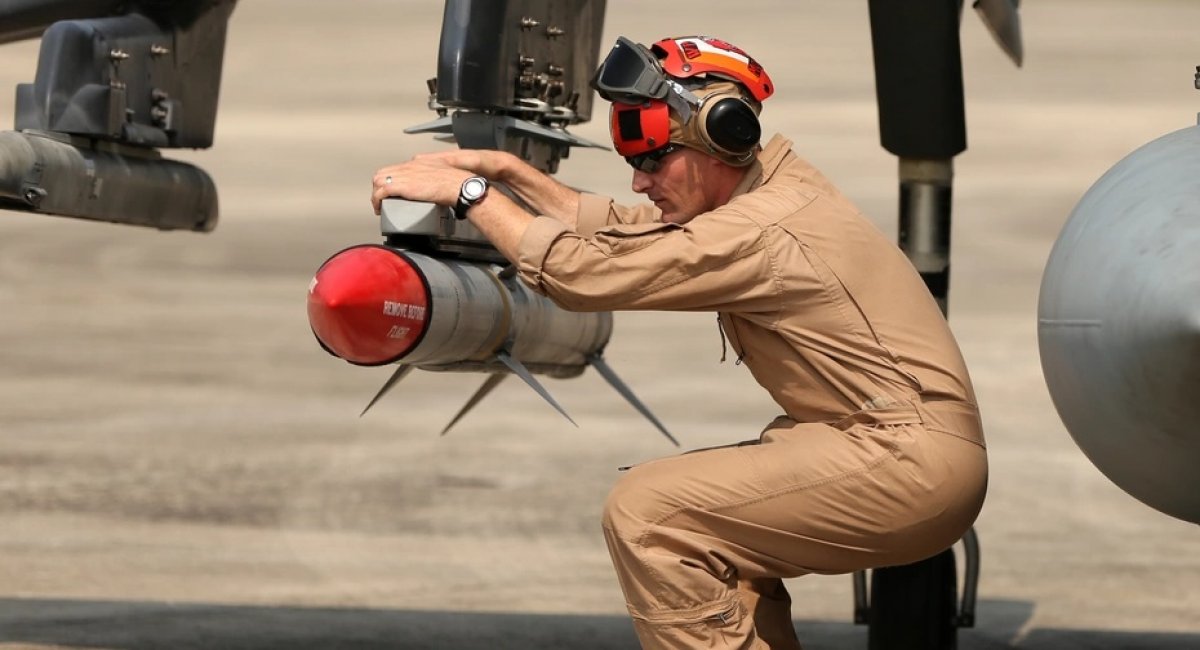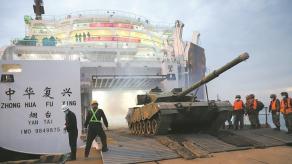Prime Minister of Canada Justin Trudeau has arrived with an unexpected visit to Kyiv, the capital of Ukraine. He met with Ukrainian President Volodymyr Zelensky and at a joint press conference afterward, he announced a new military aid package for the Ukrainian Army.
Suspilne reports him revealing the contents of the new provision at this press conference. It includes "287 additional missiles for protecting Ukraine's skies" and 10,000 artillery rounds of caliber 155mm. The total value of the package is $500 million.
Read more: Raytheon Awarded Contract for AIM-9X Missiles, Including Foreign Sales
There are not in fact many types of air defense missiles that Canada had already sent to Ukraine to give "additional" ones. Namely, two: the AIM-120 AMRAAM and the AIM-9 Sidewinder. Both can be used by NASAMS anti-aircraft systems, also provided by Canada last year, or launched from aircraft with the help of special rail launchers.

But here's a nuance. Ukraine's aircraft, inherited from the Soviet Union, must be compatible with these missiles. As we covered in an earlier article, it is definitely not impossible for a MiG-29 to be adapted for firing a Western missile, as there are already examples of AGM-88 HARM and Storm Shadow successfully integrated in its arsenal.
However, there hasn't been recorded a single occasion of a MiG-29 or any other Ukrainian jet actually using either of the AIM family missiles yet, even though both AIM-120 and AIM-9 have been delivered, according to Canadian official records. Moreover, we explained why even trying to adapt a Soviet fighter for Western missiles is a bad idea in general.

Anyway, even if those missiles (12 AIM-120s and 43 AIM-9s) went into the stocks of NASAMS systems, they will still be useful given the quantity. It also explains why 287 missiles cost that much.
For instance, when the United States was selling 280 AIM-120C7/C8 AMRAAM missiles to Saudi Arabia in November 2021, The potential contract was estimated at $650 mln. A more recent case when Taiwan requested 100 AGM-88 HARM missiles + 200 AIM-120C8 AMRAAM missiles was estimated at $619 million by the Pentagon. That is, if Canada will commission these missiles to American industry.
The Canadian package may include an optimal combination of AIM-120 and cheaper AIM-9. And it will take time for those missiles to be produced and delivered, similar to the American USAI program.

On the other hand, we should not forget that military aid provisions from Canada work in a different way than packages from the U.S., or Great Britain, or Germany, etc.
When Justin Trudeau announced $500 mln of military help to Ukraine in November last year, the details on the type of equipment provided appeared much later. That is because Canada allocates some portion of the money from its budget for military assistance in advance and then decides how to spend the budget most effectively. As in the mentioned case, the funds were decided upon only two months after: $400 million were used to buy a NASAMS, and another $90 mln of the sum was spent on Senator armored vehicles.
That is why, we may expect more big announcements from Canadian officials in the coming months on how they decide to bolster Ukraine. Or maybe it's just a batch of very costly missiles after all.
Read more: Satellite Shows why russians Barely Use Tu-160 Bombers for Attacks on Ukraine














